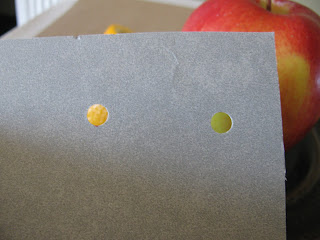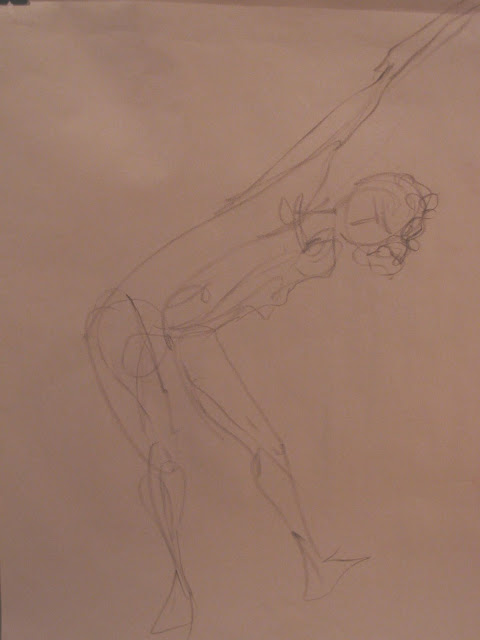Here's a photo taken in just one of many moments in a busy day at Boston's South Station in mid-October 2018. One of my lovely nieces had just escorted me through the labyrinth to connect with friends A and J for our bus trip north and our long-planned Excellent Maine Woods Adventure.
I was already filled with so much contentment and stimulation -- foremost from family and friends and unforgettably, too, from all the wonderful art I'd seen in both New York City and Boston. You might have read my November post about the very special Pontormo exhibit I'd seen. I was thrilled to see one of the actual paintings that had triggered my continuing enchantment with this artist and my continuing fascination with the "lesser" faces in major paintings -- the people on the sidelines or in the background; the faces in the crowd.
I still keep dipping into the internet for articles and videos about Pontormo and about that particular exhibit. I wish I'd done so in advance -- I would have learned that the colours of his "Visitation" (barely captured in my shot above) were so fresh and glowing because the painting had only recently been restored. Fresh and glowing, too, was this unforgettable face in the background that has intrigued me ever since I first saw it in an art book reproduction.
Intriguing, too, was that young woman in the crowd at the bus station.
When I settled back home and began working regularly in my revamped studio, the two somehow came together for me:-- a painting to be called, "Art Students - The Twins." And so I set to work.
-- with many ups and downs, I might add. There's a prevailing question in painting, which would be funny if it weren't so serious: "How do you know when to stop?" A common answer from professionals is, "When there's nothing more to be done." In my case lately the answer has been, "When I know that if I do one more tiny thing, I will totally wreck what, for better or worse, I've achieved so far."
The ups and downs of this Excellent Adventure are shown here. I'll blame a little bit on the not yet satisfactory lighting in my studio and my camera's tendency to go for the raw when I adjust the brightness. I don't think I've done either of these young ladies credit, but here it is:--
I still think Pontormo's beautifully conceived face is one of the most compelling I've seen in Western Art -- even more so than Mona Lisa. Even in my own inadequate version, I've savoured the time I spent studying her.
I've also considered what it means to copy a masterwork -- either for study or for fun -- and have come up with no hard and fast rules. Speaking of Mona Lisa, look what some goofball on the internet came up with, called "When Mona Lisa Was a Half-Hour Late."

























